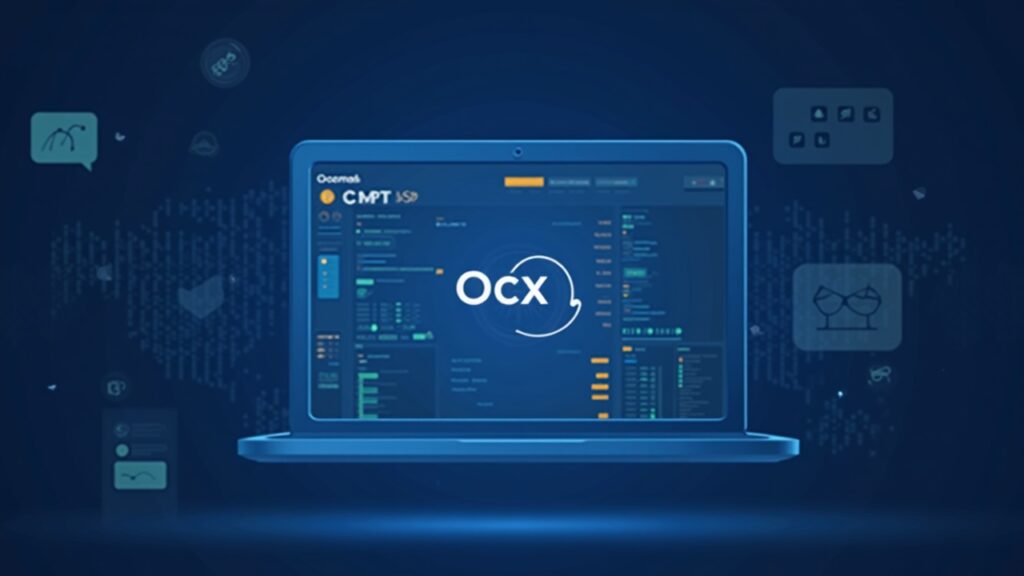Polymarket has obtained a regulated path to return to the U.S. market after a compliance operation and acquisition that unlocks its reinstatement, the company said. Polymarket secured the necessary CFTC approval and will be able to begin onboarding customers and self-certifying markets aimed at events such as sports and elections.
Polymarket achieved its return through the purchase of QCX LLC, an exchange and clearinghouse authorized by the CFTC; the acquisition closed around Aug. 2, 2025 for a reported amount between $112–$122 million. QCX obtained CFTC regulatory approval on July 9, 2025, a step that allowed Polymarket to operate under an already registered framework and in compliance with current regulation. As part of the regulatory arrangement, the CFTC issued a “no-action” letter, which grants temporary relief from certain registration and reporting obligations, facilitating the start of activities in the U.S.
In 2022 the platform was sanctioned for operating unregistered binary contracts, which resulted in a $1.4 million fine and its exit from the U.S. market. The strategy of purchasing a registered entity presents itself as a direct response to that precedent and a way to mitigate regulatory risks by operating within a framework intermediated by an authorized exchange and clearinghouse.
Valuation, financing, competition and the role of prediction markets
Market sources estimate a projected valuation for Polymarket around $10,000 million and rumors circulate of a $200 million funding round with possible contributions from Intercontinental Exchange (ICE) and other investors. In the same space, Kalshi already operates as a regulated competitor with a valuation near $11,000 million and a reported monthly trading volume of $4,400 million, while Gemini seeks its own CFTC approval to enter prediction markets, amplifying regulated competition in the U.S.
Prediction markets aggregate signals about future probabilities by incentivizing participants to put money behind their expectations; studies and practical experiences have shown they can complement or, at times, outperform traditional polls as an estimation tool. Polymarket’s reinstatement reopens the debate on how to balance innovation, informational usefulness and user protection in event-based financial products.
Polymarket’s regulatory route combines a strategic acquisition, the backing of a registered entity and a CFTC no-action letter, which allows the reopening of its services to users in the U.S.

